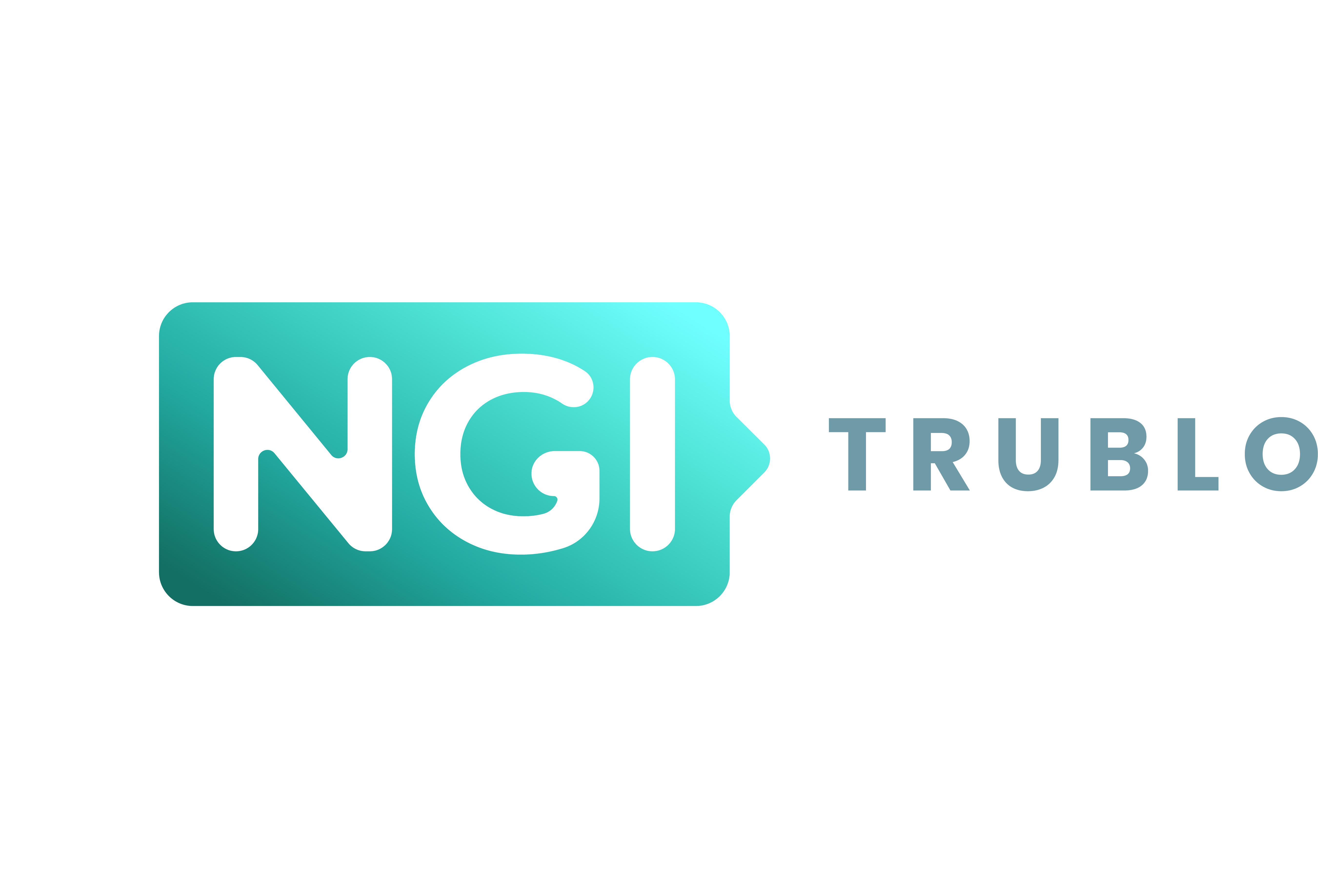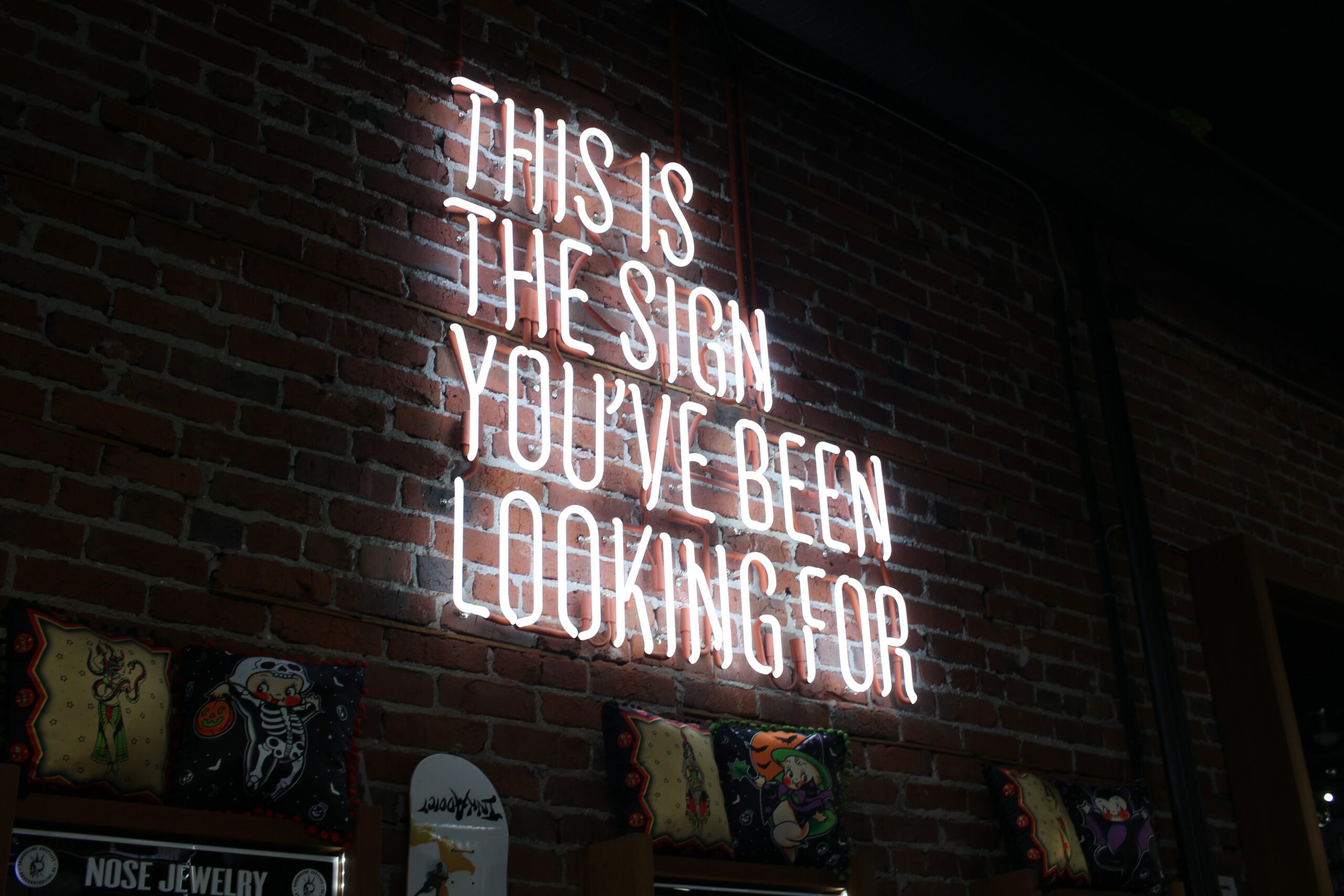TruBlo Newsletter #10
March 29, 2021
TruBlo Project Update
Open Call #1 is closed. If you found out too late, no worries: The next call will start in May 2021. The date will be published via the website, in this newsletter and on social media. Follow us on Twitter.
Updates this week:
TRUST
Pandemic boosts the market for digital signatures
Software for digital identities and digital signatures is in high demand. What has changed?
“The conversations five to six years ago were all about: ‘Is this legal? Is it legally binding?’” Ashley Still, the general manager of digital media at Adobe, told Protocol. “The conversations today are: ‘How does this fit into my overall infrastructure?”, via Protocol
Three examples:
DocuSign
“DocuSign, the industry leader, just reported a 57% increase in sales over the past year to $431 million. Adobe Sign had triple-digit year-over-year user growth in June, July, August and September last year, and high double-digit growth in the other months.”
Notarize
“The key to Notarize’s growth is more than just its core stamp and sign function. It’s the platform’s ability to navigate regulatory compliance… Trust is key as Notarize continues to onboard major companies like Adobe, Zillow, and Transamerica, and experience skyrocketing growth over the past year in financial services (up 324%), auto insurance (up 219%) and real estate (up 835%).”
Jumio (the company just raised $150 million)
“I think the big thing is that the foundation of the internet is identity, not anonymity,” said CEO Robert Prigge in an interview, who said the trend of digital transformation has spurred that change. “It’s been a big shift over the last couple of years. People wanted to originally hide behind anonymity, but now identify is the keystone. Whether it’s online banking or social networks, you need to be able to establish trust remotely.” LINK
Identity over anonymity. Is that the future? It is worth thinking a bit more about this statement.
California bans “dark patterns”
Have you ever tried to unsubscribe from a digital service and found it difficult? Likely it was not your fault at all, but a “dark pattern” on the website.
“Dark patterns are tricks used in websites and apps that make you do things that you didn’t mean to, like buying or signing up for something.”
California recently banned the use of such patterns. In Europe, such practices often violate GDPR or are an attempt to trick users into giving up their privacy.
The term was coined in 2010 by Harry Brignull, an expert in user experience. He created a website with examples and a “Hall of Shame”.
The challenge: There is quite a number of such layout tricks.
Three examples:
- Indicating a high demand for an item or limited availability (“Only three left in stock”).
- Forced enrollment: Before being able to enter a website, the user must provide private information.
- Making it difficult or impossible to cancel a subscription or to delete an account. This practice is described as a “roach hotel”.
A 2019 study found that one in ten e-commerce websites uses such practices. LINK
CONTENT
BitClout: Controversy from the start
The idea was to create a social network that could not be censored and where people could follow prominent figures. So far it did not go well.
“When new crypto projects launch, the response is usually relentless cheerleading from Crypto Twitter. That wasn’t the case with BitClout. As details of the project began trickling out, including its decision to add people’s image without permission, a backlash swelled.” LINK
Facebook has 35.000 people tackling misinformation
Just an indicator of how big the problem of false content and fake accounts is.
“Facebook Inc said on Monday it took down 1.3 billion fake accounts between October and December 2020 and that it had over 35,000 people working on tackling misinformation on its platform. The company also removed more than 12 million pieces of content about COVID-19 and vaccines that global health experts flagged as misinformation”. LINK
Twitter is asking: Should presidents be allowed to tweet?
The company started a survey in 14 languages to get opinions from around the world. The questionnaire is open until April 12, 2021. LINK
BLOCKCHAIN
Blockchain-based COVID passport now live in the state of New York
”The pass will be used to confirm an individual’s recent negative PCR or antigen test result or proof of vaccination to help fast-track the reopening of businesses and event venues.”
The technology is provided by IBM.
Chainalysis doubles valuation to $2 billion
Chainanalysis announced new funding of $100 million last week. This means the value of the company has doubled in four months. Clear sign more transparency and an overview of the crypto markets are in demand.
Founded in 2014, Chainalysis helps governments and private sector companies detect and prevent the use of bitcoin and other cryptocurrencies in illicit activities like money laundering with its investigations and compliance software. The New York-based company competes with Ciphertrace, which is based in California, as well as London-headquartered firm Elliptic. LINK
Blockchain 3.0 in China
In the past decade, China’s blockchain market has undergone two periods of development. In blockchain 1.0, pioneering firms primarily focused on digital currency applications; in blockchain 2.0, visionary enterprises and vendors began to gain business value by piloting blockchain technologies. Since the second half of 2019, the prioritization of enterprise customers, the technology progress made by tech leaders, and the government’s pragmatic measures have been driving the Chinese market into the age of blockchain 3.0. It is when blockchain adoption gains momentum in all major verticals.”
Some optimism here. China wants to get ahead. But it is easy to imagine serious disruptions, which then might result in a rollback.
But the separation of blockchain adoption into three phases is helpful and could be applied to judge development in other world regions, too. LINK
Thank You for reading.
If you like the newsletter, please forward it to a colleague or friend.
Do you have feedback or suggestions? Contact us
This was issue #10 of TruBlo NEWSLETTER • Trustable content on future blockchains.
You can subscribe, unsubscribe, or view this email online.
TruBlo Project. TruBlo is an EU funded research project, c/o Deutsche Welle, Kurt-Schumacher-Str. 3, 53113 Bonn. Contact: info@trublo.eu
Photo by Austin Chan on Unsplash


0 Comments